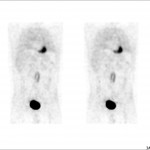 |
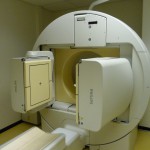 |
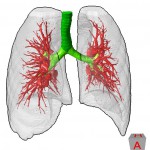 |
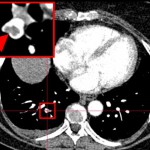 |
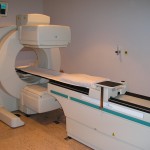 |
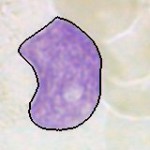 |
Biomedical Imaging
This course provides a comprehensive introduction to the fundamental principles, physics, and reconstruction methods underlying modern biomedical imaging. Students will explore how physical interactions between energy and biological tissue form the basis of diagnostic imaging across multiple modalities.
The lecture covers a wide range of imaging technologies, including:
- Positron Emission Tomography (PET): principles of radioactive decay, coincidence detection, tomographic image reconstruction, and its use in functional and metabolic imaging.
- Ultrasound (US): wave propagation in tissue, reflection, scattering, and image formation using beamforming and signal processing, including its strengths in real-time imaging and limits in penetration depth and resolution.
- X-Ray and Computed Tomography (CT): X-ray generation, attenuation, detector design, and reconstruction algorithms, alongside discussions of radiation dose considerations and clinical applications in anatomical imaging.
- Magnetic Resonance Imaging (MRT/MRI): nuclear magnetic resonance physics, relaxation mechanisms, gradient encoding, k-space reconstruction, and evaluation of imaging speed, contrast mechanisms, and practical constraints.
- Microscopy: optical imaging principles, resolution limits, and modern contrast mechanisms, with emphasis on its role in cellular and molecular visualization.
- Endoscopy: optical system design, illumination, and image acquisition techniques in minimally invasive diagnostics, highlighting its clinical utility and spatial constraints.
- Magnetic Particle Imaging (MPI): magnetic nanoparticle behavior, signal encoding, and reconstruction approaches, with discussion of its emerging applications and current technical challenges.
Throughout the course, emphasis is placed on understanding not only the core physics and image reconstruction methods, but also the limitations, trade-offs, and practical applications of each modality.
By the end of the course, students will have gained a solid understanding of how biomedical imaging systems operate, how their images are formed and reconstructed, and how different modalities complement each other across the full spectrum of clinical and research applications — from molecular to whole-body imaging.
Dates for the lecture and exercise see RWTHOnline.

